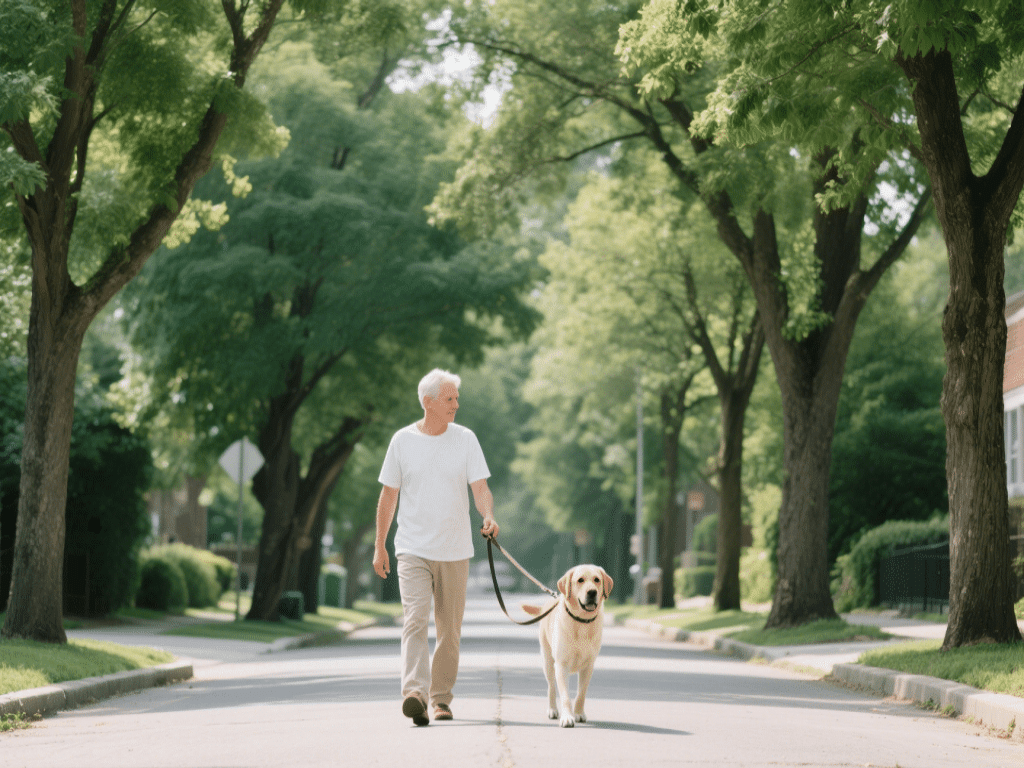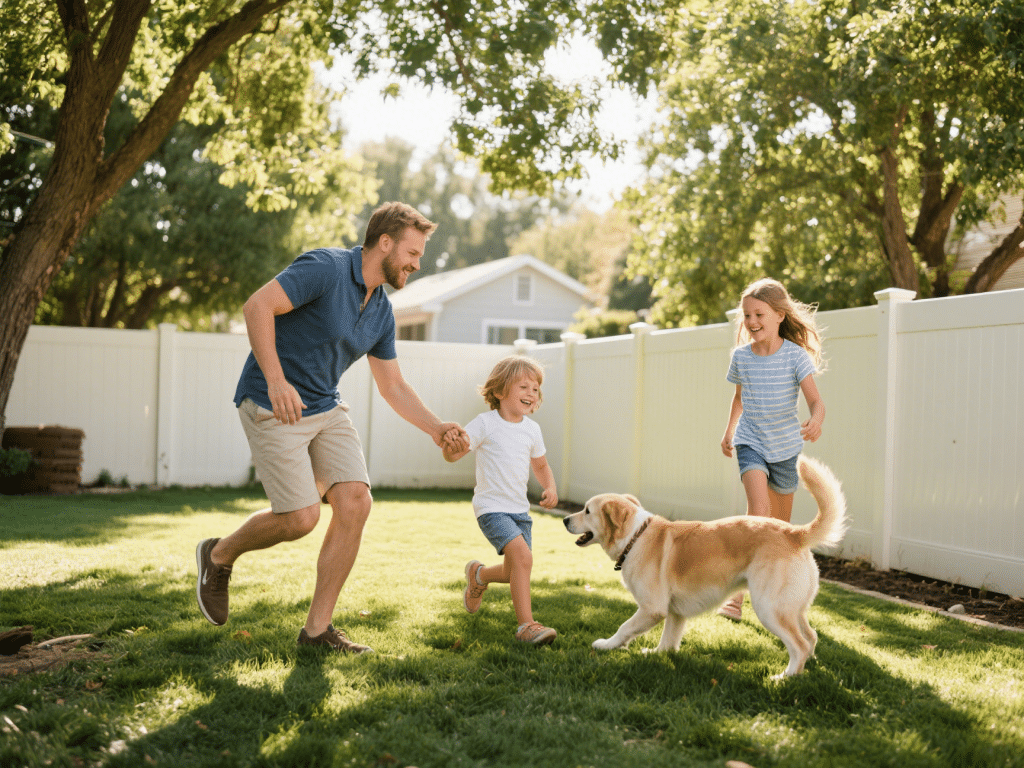Introduction
Walking your dog should be an enjoyable bonding experience, not a tug-of-war. Leash training is essential for safety, control, and mutual enjoyment. Whether you have a puppy or an older dog new to walks, these foundational techniques will help you teach polite leash manners, reduce pulling, and enhance communication.
Understanding Leash Dynamics
Types of Leashes:
Standard Flat Leash (4–6 feet): Ideal for most training sessions; provides control and proximity.
Retractable Leash: Offers freedom for exploration but can encourage pulling; not recommended for beginners.
Slip Lead: Combines collar and leash into one piece; useful for quick control but requires careful handling.
Collar Choices:
Flat Collar: Suitable for dogs that respond well to gentle pressure.
Martingale Collar: Prevents slipping out for breeds with narrower heads (e.g., Greyhounds).
Harness:
Front-Clip Harness: Redirects pulling; helpful for dogs that lunge forward.
Back-Clip Harness: More comfortable for relaxed walking; less control for pullers.
Preparation and Foundation
Gather Supplies:
Leash (4–6 feet) and appropriate collar or harness.
Treat pouch with small, high-value treats (soft, easily broken).
Clicker (optional) for clicker-trained dogs.
Establish Training Area:
Start indoors or in a fenced yard with minimal distractions.
Short sessions (5–10 minutes) to build focus and positive associations.
Choose a Cue Word:
Use a consistent command such as “Let’s go” or “Walk” to signal the beginning of a walk.
Step-by-Step Leash Training
1. Getting Comfortable with the Leash
Introduce the Leash: Clip the leash to the collar and allow your dog to drag it indoors while supervised.
Reward Calmness: Whenever the dog remains calm with the leash on, offer praise or a treat.
Pick Up the Leash: Hold the leash handle and let the dog explore; if the dog pulls, stop walking and wait for slack before proceeding.
2. Teaching Loose-Leash Walking
Mark the Position: Stand still and hold a treat at your side where you want your dog’s head (approximately at hip level).
Reward for Position: When the dog naturally walks by your side, mark (click or say “Yes!”) and reward.
Take One Step: Say your cue word, take one step forward; if the dog follows without tension, reward immediately.
Build Distance Gradually: Increase steps gradually; reward every 2–3 steps if the leash remains slack.
Redirect Pulling: If the dog pulls ahead, stop walking immediately. Wait for the leash to loosen, then step forward and reward. Consistency teaches that pulling halts progress.
3. Handling Common Challenges
Dog Sniffs Constantly:
Allow short sniff breaks for enrichment but use a release word like “Okay” to resume walking.
Lunging at Distractions:
Increase distance from the distraction until the dog is calm. Reward attention back to you with treats or praise.
Sudden Bolting:
Maintain a low-profile stance (avoid eye contact, turn sideways) to reduce excitement. Reward any calm behavior to redirect focus.
4. Reinforcing Good Behavior
Variable Rewards: Randomize treats and praise to keep the dog guessing and motivated.
Increase Difficulty: Introduce mildly distracting environments (quiet park, backyard). Progress to moderate distractions (other dogs at a distance) once basic principles are mastered.
Consistency: Practice short walks daily. Consistent cues and rewards foster reliable behavior in real-world settings.
Advanced Leash Manners
Changing Paces: Teach “Slow” and “Faster” cues to vary walking speeds and keep your dog engaged.
Heel Command: For precise walking next to you, use a distinct cue (“Heel”), rewarding for maintaining exact position.
Loose-Leash Turns: Periodically change direction unexpectedly; reward the dog for following without pulling, reinforcing attentiveness.
Conclusion
Leash training requires patience, consistency, and positive reinforcement. By following these steps—introducing the leash gradually, rewarding loose-leash walking, and managing distractions—you’ll foster polite walking habits. Consistent practice in increasingly distracting environments ensures your dog becomes a confident, well-mannered walking companion, making outings pleasant for both of you.










Comments on " Leash Training 101: Teaching Your Dog to Walk Nicely" :